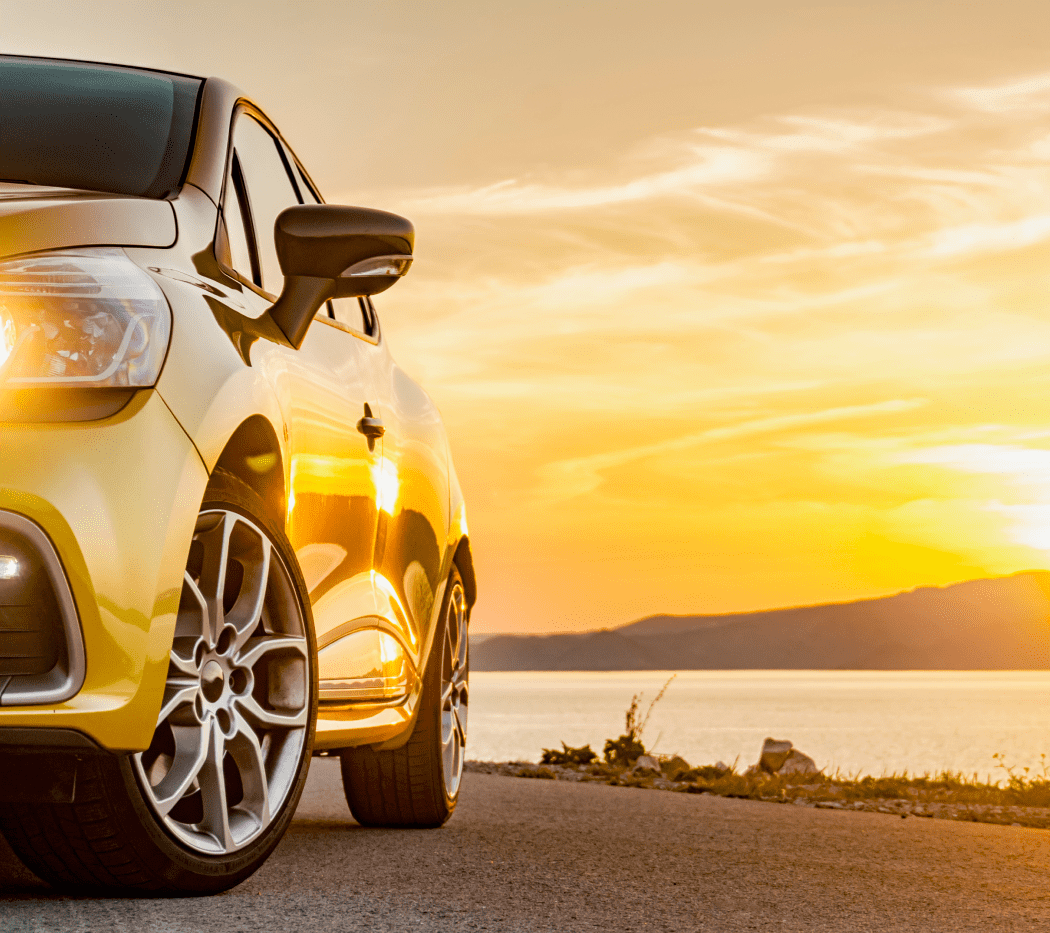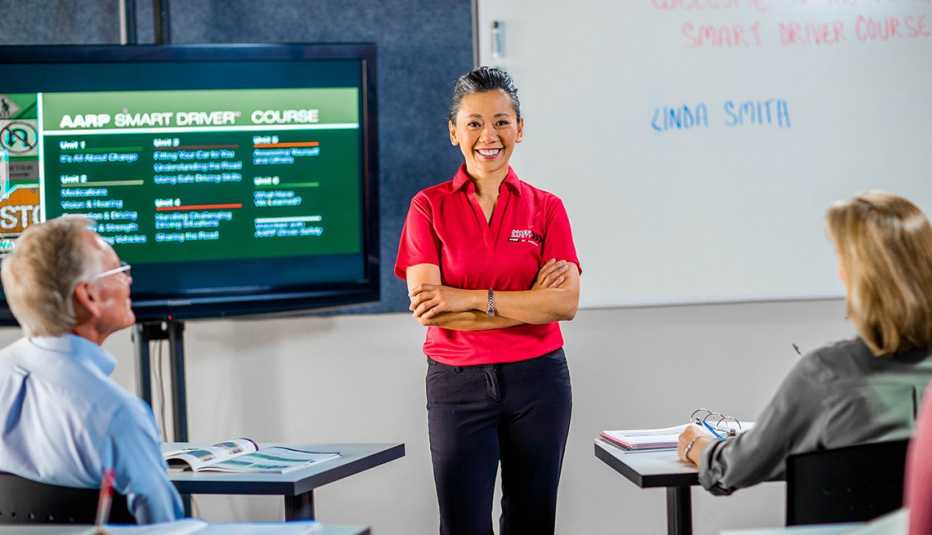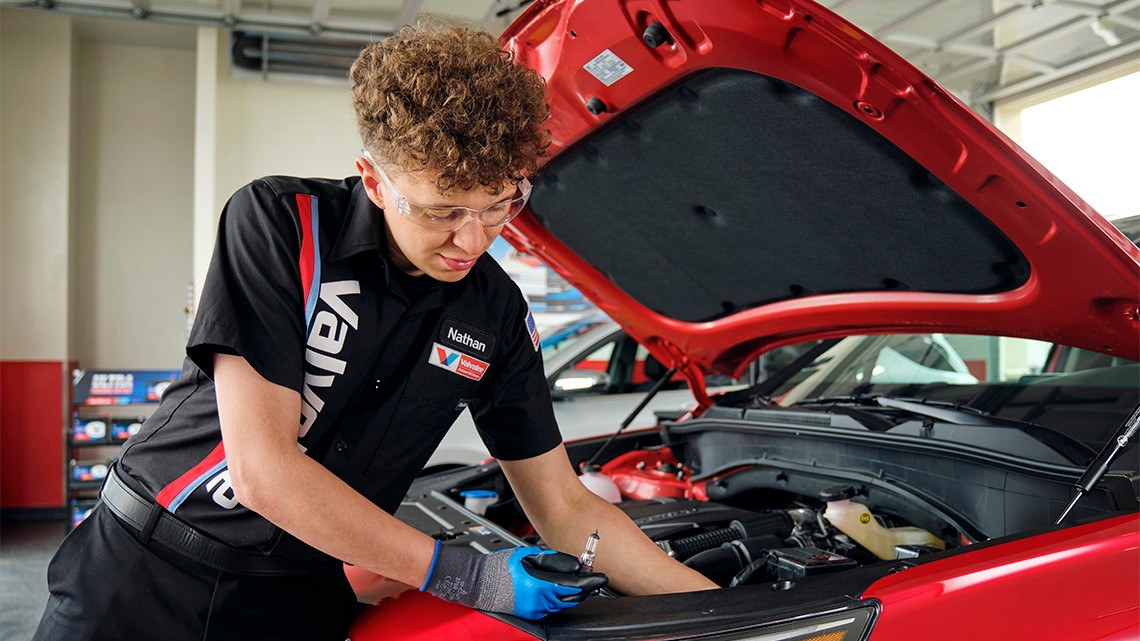Staying Fit
Tenacious motorists who ride your rear bumper, intimidating technology and those tricky four-way stops: Some AARP Smart Driver volunteer instructors answer their students’ most common questions.


AARP Membership— $12 for your first year when you sign up for Automatic Renewal
Get instant access to members-only products and hundreds of discounts, a free second membership, and a subscription to AARP the Magazine.
1. Who has the right-of-way at a four-way intersection if cars arrive at the same time?
Some rules of the road are tricky, and this one is especially so — which may be why a whopping 40 percent of all crashes involve intersections, according to the Federal Highway Administration. The rule: Always yield to cars that have arrived at the intersection ahead of you, of course. And if two vehicles get there at the same time, the car on the right has the right of way. It's more complicated if the two cars are facing each other: If one car is making a turn and the other car is going straight, says AARP Smart Driver instructor Marcus Vinson, 69, of Chapel, Fla., “the car going straight has the right of way because the car turning is making a more complicated maneuver.”
And don't wave another driver ahead if you have the right of way, says instructor Betty Coe de Broekert, 88, of Springfield, Ore. “It's a nice gesture, but if there's a crash as a result, you may be liable.”
2. What do I do when someone tailgates me?
You're on the interstate, and some guy is riding your bumper so close you could count the cavities in his teeth. That's scary. Maintain your composure, says Vinson. Don't get flustered, don't get upset, and most important , don't slam on your brakes — some people think that will make the person behind them back off, but it's likely to just cause an accident. Conversely, don't speed up if you feel uncomfortable. Follow the speed limit.
If it's a multilane highway and there's room to your left or right, move to allow the speed demon to pass. If you only have one lane, consider pulling over to the shoulder with your hazard light on. “If you're really intimidated by the person's behavior,” says Vinson, “put on your turn signal and at the first opportunity get off the road and re-enter at another time.”
3. My 89-year-old father just dinged the car. Again. How can I get him to stop driving?
First of all, recognize how important driving is to your loved one. “When you give up those keys, there's often a loss of independence, something that's important to all of us,” says Vinson, who suggests maintaining your loved one's dignity by giving it a positive spin: “Instead of saying something like ‘You're no longer a good driver,’ say, ‘We want you to be safe and live for a long time.'”
Consider suggesting they make small, gradual changes in their driving routine. For example, they might stop driving at night, or only run errands between 10 in the morning and three in the afternoon (avoiding rush hours). And every once in a while, ask if you can ride shotgun. “We have an 82-year-old gentleman who has taken the course every three years since he was 60,” says instructor Nancy Aluck, 77, of Brandon, Fla. “He has his kids accompany him in the car once a month. He said, ‘If they don't think I'm capable anymore, I'm turning my keys in.'"




































































